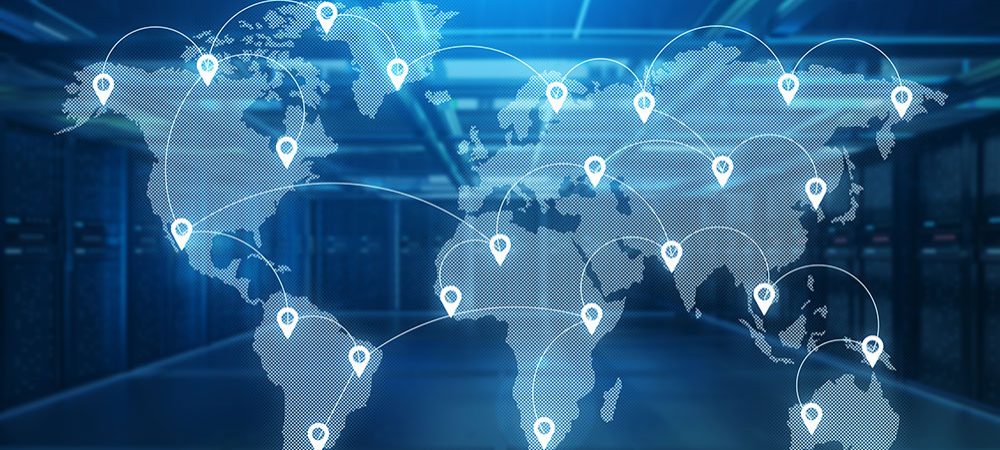Alastair Waite, Manager Enterprise Fibre Optic, CommScope, discusses the determining factors behind deciding where to locate a data centre for optimum efficiency and success.
When it comes to geographical area and a data centre’s physical characteristics, location is everything. It’s worth considering, for example, whether the data centre is located close enough to a customer to ensure it delivers minimal latency and maximum experience. Regulatory compliance is also now an essential consideration given that data will be stored on-site and being conscious of local data regulations and how they will impact your business is key.
When it comes to the potential building itself, there are a wealth of factors to consider. Does the square footage allow for the number of racks and cabinets you’ll require? Thinking further ahead, does the space allow for expansion in the near future? It’s also important to consider the existing infrastructure that the building has in place already. If there is none, then the building may require retrofitting.
These are all factors that a CIO must consider when choosing between investing in an own-build data centre, or choosing to use the services of a Multi-Tennant Data Centre (MTDC). To a certain extent, the use of an MTDC can reduce some of these planning headaches because forward-looking MTDC’s will have already thought about how to overcome those problems.
It’s not uncommon for some MTDC’s to have low latency ‘On-Ramps’ for connectivity to cloud providers already built into their white space. MTDC’s are also likely to have purchased real-estate in some of the most densely populated cities around the world, ensuring close proximity to many service providers and large corporate operations, which again enables lower latency.
The power supply is also a key factor when determining location. The idea of power planning for a data centre may appear obvious, but Edge data centres have very specific needs. Power redundancy for instance will tend to be a given for traditional data centres. However, at the Edge it can often be too expensive or even, in some cases, unavailable. Applications and services which depend on ultra-low latency, such as self-driving cars, multi-player gaming and virtually everything running on a 5G network, are driving the need for Edge data centres. The functionality for these services will likely be hosted in an operator’s central office, alongside more traditional services, such as FTTH, voice and video.
These Edge data centres will connect with an organisation’s regional data centres which will tend to house those applications for which minor delays in access aren’t critical (such as email servers, SMS servers and less well-used video games).
Ideally, power should enter a facility via a number of different points. Providers should therefore consider whether that facility could be serviced by more than a utility grid. At the same time though, it’s important to plan for the worst. Should a power outage occur, back-up generators should be able to support the data centre for at least 48 hours.
Power consumption should also be considered. While heating, ventilation and air-conditioning (HVAC) are essential to the smooth running of a data centre, they are also one of the biggest consumers of power; half of all a data centre’s power is currently used on HVAC. It’s important therefore that service providers find a way of ensuring greater efficiency and cost-effectiveness.
Free-cooling or hot-aisle/cold-aisle designs, for example, are simple, cost-effective means of controlling the temperature within a facility, while temperature sensors on racks are an efficient means of monitoring it.
Click below to share this article

